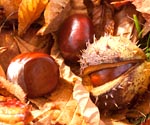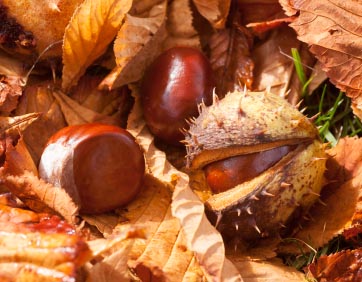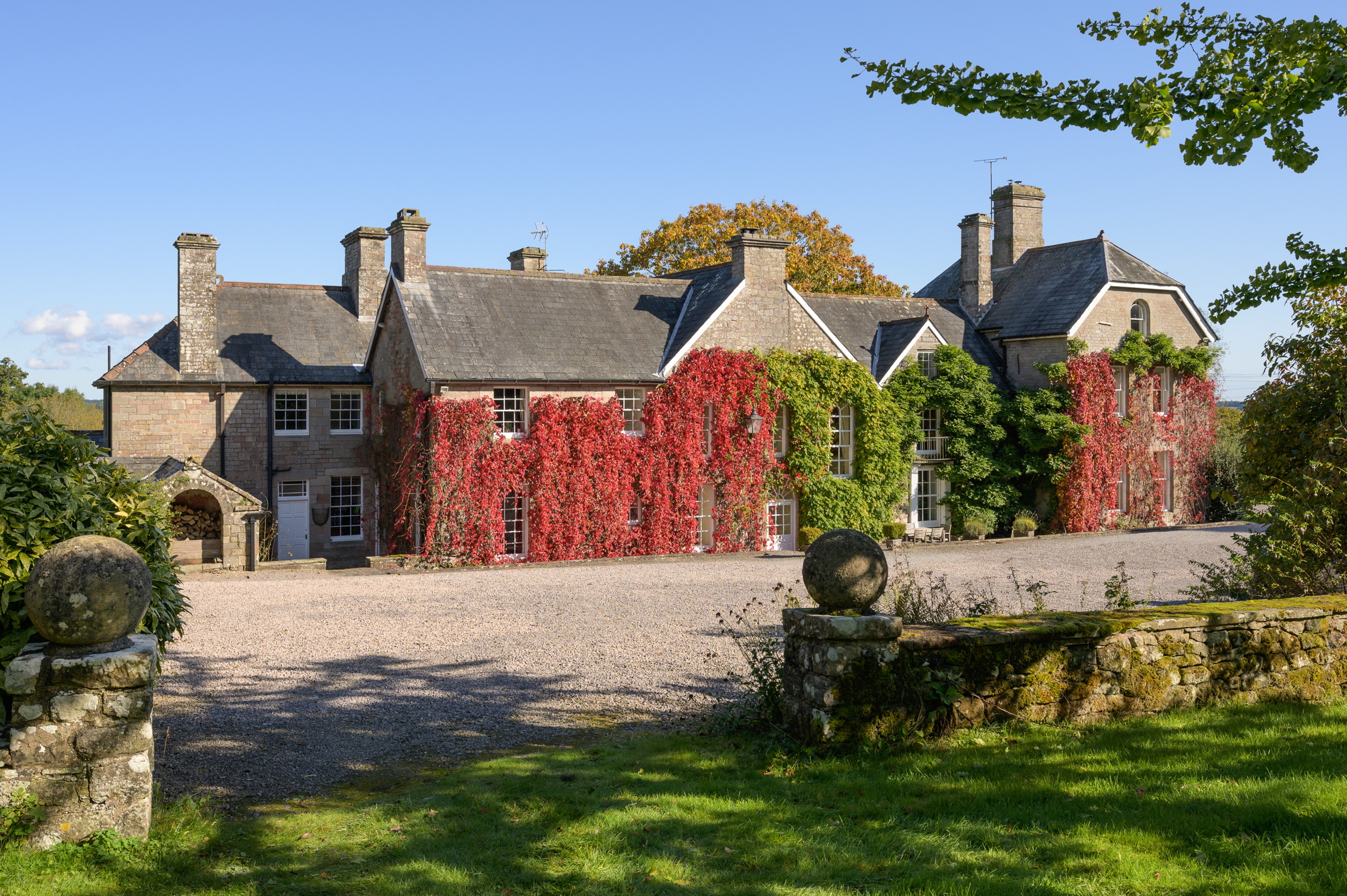Horse chestnuts at risk
Horse chestnut trees are at risk from a moth which weakens the tree’s constitution


The conker aficionados squaring up in playgrounds and villages across Britain may have to face another enemy, as scientists are predicting that the glorious billowing dome of the horse-chestnut tree in bloom could become as rare a sight as that of the English elm within a generation. The problem is the highly invasive leaf-miner moth, which was first spotted in this country in Wimbledon 10 years ago.
Dr Michael Pocock, an ecologist at the National Environment Research Council, who is leading a citizen-science project to investigate its impact, reports that cases of infestation are widespread and have moved as far north as Newcastle. ‘It may seem a little melo-dramatic, but the long-term prognosis for the horse chestnut is quite bleak,' he argues. ‘There is a high possibility that children born in the next decade may have little chance to experience the sight of a horse chestnut in full blossom.' Conkers are also becoming smaller and softer and, in time, may not have the ‘smashing' property that's essential for the traditional game to be played.
Although the leaf-miner infestation alone won't kill the tree, Dr Pocock says there are fears that year-on-year infestation can weaken it over time and make it more susceptible to diseases such as a bleeding canker caused by the pathogenic bacterium Pseudomonas syringae pv aesculi, which can lead to death within three to five years. Brian Muelaner, the National Trust's ancient-trees advisor, concurs: ‘The Trust is losing the trees at an alarming rate, particularly at properties in the South-East, and there is very little that can be done to slow their loss.' He says that the only option, for a limited number of important individual trees, is to collect all the fallen leaves and destroy them.
This removes the majority of the over-wintering pupae, preventing the first wave of attack, but he points out that this action may be more practical in urban areas than in the countryside. Prof Hugh Evans of Forest Research Wales confirms that there is no evidence that horse chestnuts are dying from leaf-miner attack alone. ‘The fact that the moth tends to attack in "waves", starting with the lower leaves and then progressing upwards, means the tree has time to photosynthesise and assimilate nutrients before the worst visual affects are apparent.'

Horse chestnuts become diseased when the larvae ‘mine' into the leaves, causing them to turn a blotchy brown colour and to take on an unmistakable autumnal appearance by midsummer. Prof Evans is heading an EU-funded project investigating the use of biological control agents against insect pests in trees.
The leaf-miner moth was noted in Macedonia in the 1970s, and has since colonised most of Europe, spreading at the rate of 18 miles a year. The Conker Tree Science project shows the process of ‘infilling' within England and Wales has reached the point where unaffected trees are almost impossible to find. The loss of the horse chestnut may prove to be even more notice-able than the disappearance of elms.
The latter were often trees belonging to the farmed landscape, but horse chestnuts, because of their stately beauty and creamy white flowers-or ‘candles'-in spring blossom, have been widely planted as ornamental trees. Dr Pocock explains that many local authorities have felled trees because of fears about bleeding canker. Horticultural sales of saplings to local authorities and owners of land with public access have fallen by nearly 100%.
Sign up for the Country Life Newsletter
Exquisite houses, the beauty of Nature, and how to get the most from your life, straight to your inbox.
For more details and to participate in the investigatory project, visit www.conkertreescience.org.uk
* Subscribe to Country Life and get our Ipad edition for free:
Country Life is unlike any other magazine: the only glossy weekly on the newsstand and the only magazine that has been guest-edited by HRH The King not once, but twice. It is a celebration of modern rural life and all its diverse joys and pleasures — that was first published in Queen Victoria's Diamond Jubilee year. Our eclectic mixture of witty and informative content — from the most up-to-date property news and commentary and a coveted glimpse inside some of the UK's best houses and gardens, to gardening, the arts and interior design, written by experts in their field — still cannot be found in print or online, anywhere else.
-
 Chelsea Flower Show 2025: The essential guide for first timers
Chelsea Flower Show 2025: The essential guide for first timersThe RHS has gone to great lengths to make the Chelsea Flower Show as fun and accessible for people of all gardening abilities. If you're planning to visit for the first time, here's everything you need to know.
-
 Over the Hills and Far Away: Robert Plant's Welsh hideaway is up for sale
Over the Hills and Far Away: Robert Plant's Welsh hideaway is up for saleOther notable residents of The Argoed in the Wye Valley include George Bernard Shaw and Beatrice Webb.